Kokusai Drives Tyre Testing Into A New Era
- By Sharad Matade & Gaurav Nandi
- April 15, 2025
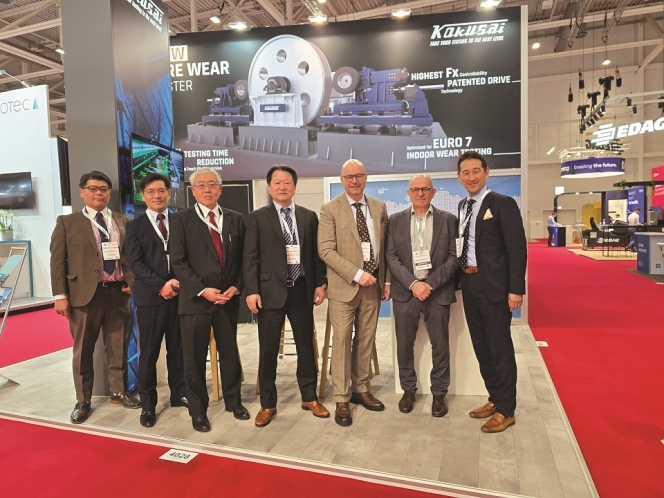
In an interview with Tyre Trends, Markus Winter, Director of Marketing and Sales at Kokusai Europe, and Kazuhiro Murauchi, Vice President and Head of Engineering at Kokusai Headquarter, share insightful perspectives on the fast-changing reality of tyre testing. With regulatory demands increasing and car technologies developing, Winter shares how the industry responds to new challenges presented by electric vehicles, tighter emission requirements and shifting consumer demands. With Kokusai manufacturing around 130 tyre test machines every year, Winter presents a special point of view regarding the technological advancements and market forces that are determining the future of tyre development and testing practices.
Every nook and cranny within tyre markets across the globe, big or small, is echoing a confluence of old and new practices in the age of new mobility. Attempts to constantly derive upcoming trends are massively influencing stakeholders within the tyre ecosystem as they mull over operational shifts for meeting future demands. The intricate world of tyre testing is also attuning itself to such changes to deliver a seamless transition to end users as progress unfolds.
Markus Winter, Director – Marketing and Sales, Kokusai Europe, contended that tyre testing has surged in recent times as emission norms become stricter and manufacturers methodically formulate new compounds to develop tyres for new-age vehicles.
“Over the past five to 10 years, tyre testing has undergone significant changes driven by regulatory pressures and evolving consumer expectations. In Europe, automotive manufacturers have prioritised high-speed uniformity testing to enhance ride comfort,” noted Winter while speaking exclusively to Tyre Trends.
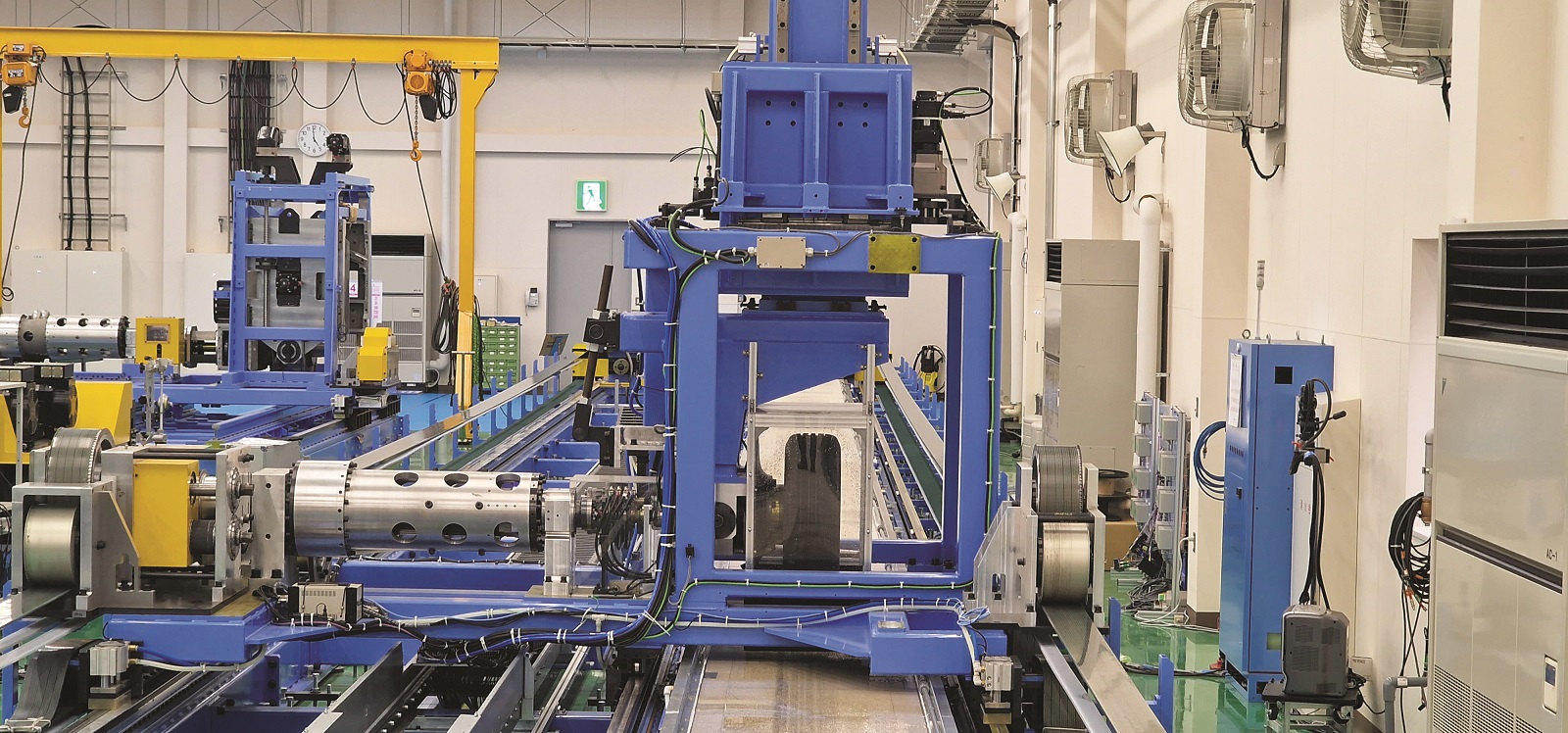 “Simultaneously, there has been a strong industry-wide push towards improving wet grip, not only for new tyres but also for worn ones. More recently, with the introduction of Euro 7 regulations, the spotlight has turned to wear testing. The emphasis is on minimising microplastic emissions and fine dust particles, aligning with broader environmental and health concerns. As regulatory scrutiny intensifies, tyre manufacturers are expected to invest further in wear-reduction technologies, shaping the next phase of innovation in the industry,” he said.
“Simultaneously, there has been a strong industry-wide push towards improving wet grip, not only for new tyres but also for worn ones. More recently, with the introduction of Euro 7 regulations, the spotlight has turned to wear testing. The emphasis is on minimising microplastic emissions and fine dust particles, aligning with broader environmental and health concerns. As regulatory scrutiny intensifies, tyre manufacturers are expected to invest further in wear-reduction technologies, shaping the next phase of innovation in the industry,” he said.
The Japan-headquartered company that produces around 130 tyre testing machines each year believes that Euro 7 regulations will impose stringent limits on wear particle emissions, leading to a major shake-up within the global tyre industry.
The new rules, targeting a 30 percent reduction in particulate emissions, could disqualify a substantial number of current tyre models from original equipment (OE) fitment on new vehicles. While exact figures remain uncertain, industry estimates suggest that up to 50 percent of existing tyre types may be phased out, with some projections even higher. This has placed immense pressure on manufacturers to accelerate testing and compliance efforts.
The initial response from tyre makers will likely focus on outdoor testing, given its simplicity. However, there is growing consensus that standardised drum testing will be essential for consistent evaluation. Over the next one to three years, demand for advanced wear testing solutions is expected to surge, creating significant business opportunities for testing providers.
At the same time, the industry is closely monitoring regulatory discussions and standardisation efforts as test methodologies continue to evolve. Regional differences are evident with Japanese and European manufacturers prioritising distinct approaches to compliance.
While no dedicated testing equipment for wear particle emissions exists yet, there is increasing interest in integrating sensors and analytical systems into existing tyre wear testing frameworks.
As regulations tighten, companies positioned at the forefront of wear testing innovation will be well-placed to capitalise on the shifting market dynamics.
SHIFTING DYNAMICS
The rise of electric vehicles (EVs) is fundamentally reshaping the tyre testing industry. With EVs requiring bigger, heavier tyres and delivering significantly higher torque, testing methodologies must adapt to these changing dynamics.
“With EVs demanding bigger, heavier tyres and generating higher torque, the industry must adapt. Our testing concepts are divided into two key areas including force and moment testing, which accounts for the torque and velocity changes and endurance testing such as tyre wear assessments. While high torque isn’t a requirement for endurance testing, these machines must still meet rigorous performance standards,” noted Winter.
Another major transformation is the accelerated development cycle of new tyres. Previously, a single tyre model would take six months to a year to develop, but manufacturers are now introducing new models every three months. Each iteration features different materials, tread designs and wear characteristics, increasing the need for highly flexible and efficient testing solutions. “This shift creates a greater demand for flexible, high-throughput testing solutions. We’ve opened a technical centre in Tokyo, where manufacturers can evaluate new tyre designs and test methods in real time,” informed Murauchi.
Smart tyre technology is also influencing the testing landscape. According to the executive, tyre testing involved manually recording data such as temperature, pressure and wear characteristics in the past. Today, with the integration of tyre pressure monitoring system sensors and RFID tracking, data collection is becoming increasingly automated. These advancements allow for real-time analysis and improved accuracy in performance evaluations. Although not all tyres currently include RFID technology, the trend is clearly moving towards fully automated data integration.
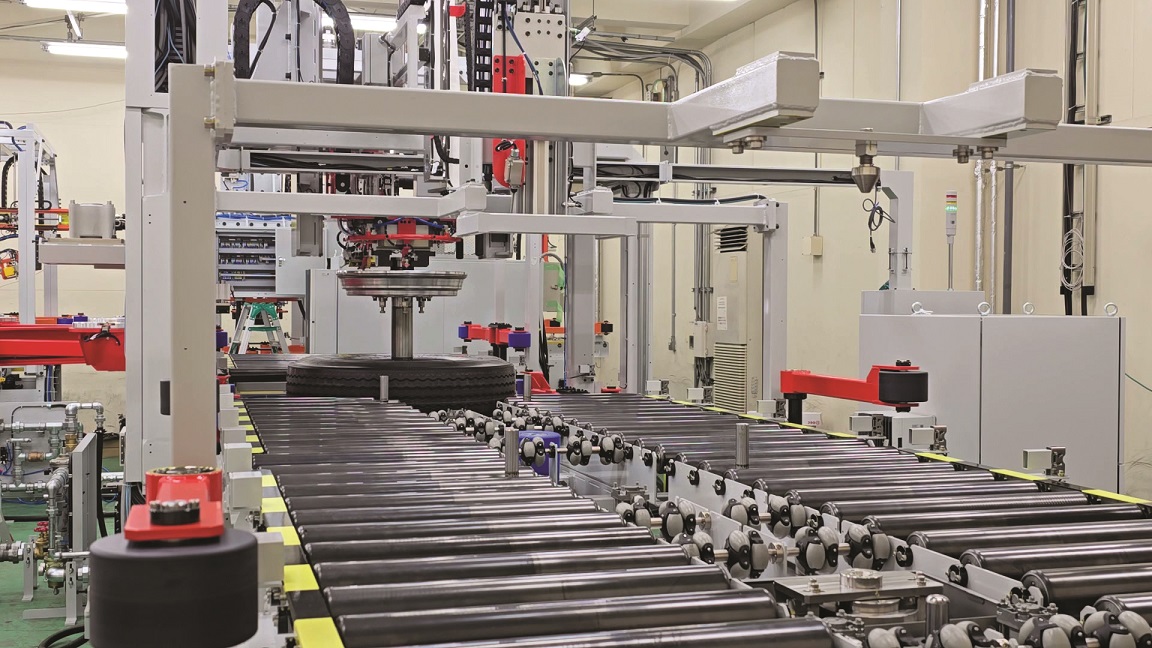
High-speed uniformity testing is another area undergoing transition. “Demand for this type of testing peaked several years ago, particularly for performance and luxury vehicles. However, as EVs continue to grow heavier, the impact of uniformity variations at high speeds has diminished. A vehicle that is 500–800 kg heavier places less emphasis on tyre uniformity, making it less of a critical factor for the driver. Despite this trend, high-speed uniformity testing remains essential in laboratory settings, where it provides valuable insights into braking performance, torque application and wet grip. While production-line high-speed testing has seen a slight decline, laboratory testing remains a necessary step in ensuring that EV tyres meet safety and performance standards,” noted Winter.
Investment trends in the industry also reflect this evolving landscape. Many tyre manufacturers are opting for outdoor testing because it requires lower upfront investment. Outdoor tests can be conducted by hiring test vehicles and drivers rather than investing in costly laboratory equipment.
Nonetheless, core testing parameters such as uniformity, geometry and balance will remain essential despite the shifts, noted the executive.
INTELLIGENT MACHINES
Winter noted that artificial intelligence (AI) will also play a significant role in tyre testing, particularly in analysing wear test results. While machine builders focus on developing equipment that ensures precise and reproducible testing conditions, AI is increasingly being used in areas like shearography testing.
“For now, AI’s role in direct test result analysis remains limited as interpreting the data largely falls to manufacturers. Testing machines must guarantee consistent results under identical conditions ensuring uniform abrasion rates. However, manufacturers leverage AI to assess tread compounds and wear conditions, an area beyond the machine builder’s core business,” said Murauchi.
Software is also becoming increasingly important in tyre testing, though integration varies by manufacturer size. Major companies prefer to use proprietary quality tools and focus on seamless data integration.
Smaller manufacturers, however, seek guidance on handling test data, creating opportunities for collaboration with software firms.
Despite handling vast amounts of test data, the company is not pursuing a business model centred on data analytics or test services. Some competitors have expanded into internal testing and data-driven solutions, but this firm remains committed to machine building.
UPGRADING SYSTEMS
Customers today are increasingly seeking testing machines that can be upgraded rather than replaced after 15–20 years. Their expectation is to minimise costs while extending the machine’s lifecycle, though upgrading a machine directly in a customer’s plant at minimal cost is not always feasible. Despite this, manufacturers are focusing on designing equipment that allows for easier upgrades over time.
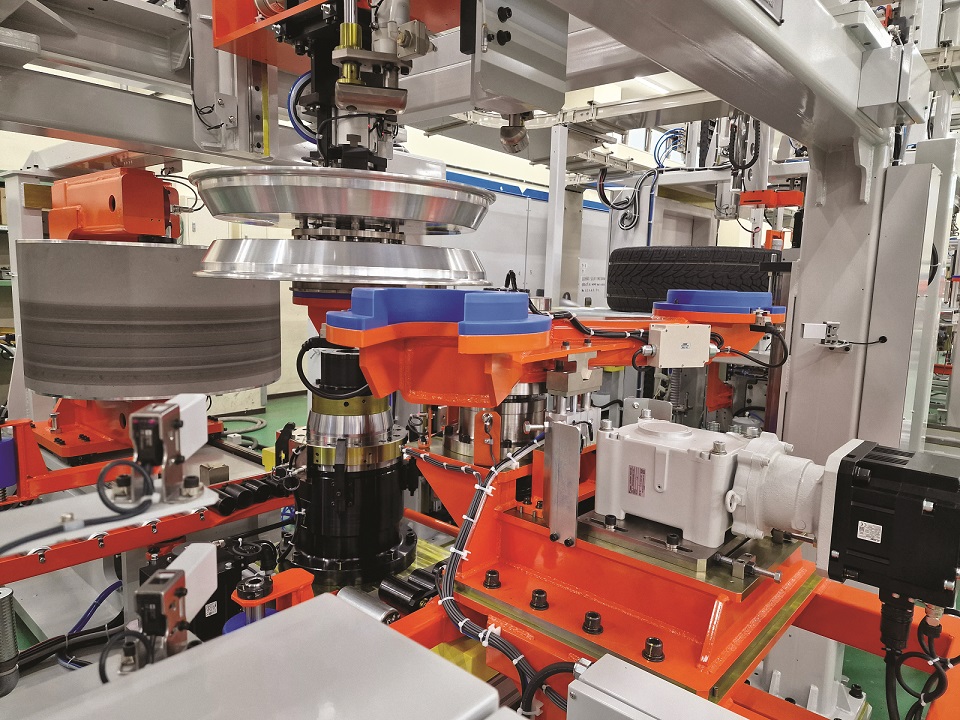 “One key aspect of this shift is the move away from hydraulic systems. All of our testing equipment is now fully electric, whether it is a compression tester, steering tester or vibration tester. This transition was influenced by Japan’s experience with earthquakes, particularly the 2011 disaster that led to power shortages. Following the Fukushima incident, the Japanese Government required manufacturers to reduce power consumption by 15 percent. Unlike hydraulic systems, which require stable oil temperature and pressure, our fully electric machines can be turned on and off instantly, making them more energy-efficient and reducing operational downtime,” averred Murauchi.
“One key aspect of this shift is the move away from hydraulic systems. All of our testing equipment is now fully electric, whether it is a compression tester, steering tester or vibration tester. This transition was influenced by Japan’s experience with earthquakes, particularly the 2011 disaster that led to power shortages. Following the Fukushima incident, the Japanese Government required manufacturers to reduce power consumption by 15 percent. Unlike hydraulic systems, which require stable oil temperature and pressure, our fully electric machines can be turned on and off instantly, making them more energy-efficient and reducing operational downtime,” averred Murauchi.
The focus on energy efficiency extends to long-term improvements in machine performance. Over the years, the company has developed systems that significantly reduce electricity consumption. Since tyre wear testers run for long durations daily, its energy usage directly impacts operating costs.
“We developed an innovative drive concept that provides force-synchronised control of the drum and test tyre, allowing tyre slip to be precisely applied via a highly dynamic torque-on-demand system. Combined with our specially adapted load case collective, this new system achieves a nearly 90 percent reduction in energy consumption compared to conventional hydraulically driven wear testers. As a result, we can dramatically reduce the running cost for our customers. The first sets of these advanced systems have already been successfully implemented at a major Japanese company, demonstrating the effectiveness of our energy-efficient approach,” revealed Winter.
REGULATORY CHANGES
Regulations play a critical role in shaping the tyre testing industry as manufacturers continuously adapt to new requirements. Winter anticipates significant regulatory changes, particularly in Europe and Asia, over the next four to five years that will impact tyre testing and development.
“One of the key upcoming regulations is related to tyre wear. There is increasing focus on how quickly tyres wear out and how that affects road safety and environmental impact. In addition to wear, the wet grip performance
of tyres is expected to come under stricter regulations, pushing manufacturers to provide more transparent data on its products’ real-world performance. Another area of growing interest is tyre lifespan, particularly for commercial truck and bus tyres. Customers are becoming more focused on the overall service life of tyres rather than just wear resistance, which means testing procedures may need to evolve,” said Winter.
“Tyre safety is another area where regulations are expected to tighten. In the past, tyre testing has primarily focused on new tyres, but we foresee that future regulations may require testing on worn tyres as well. This is because a new tyre performs optimally, but its behaviour can change significantly after use. Factors such as tread depth, air pressure variations and temperature fluctuations influence how a tyre performs over time, and regulators may demand better data on these aspects,” he added.
Currently, tyre testing is done under standard conditions, but in reality, tyres are used in extreme temperatures ranging from sub-zero to scorching heat. With the rise of autonomous driving, there is an increasing need for tyres to be tested in a variety of weather conditions.
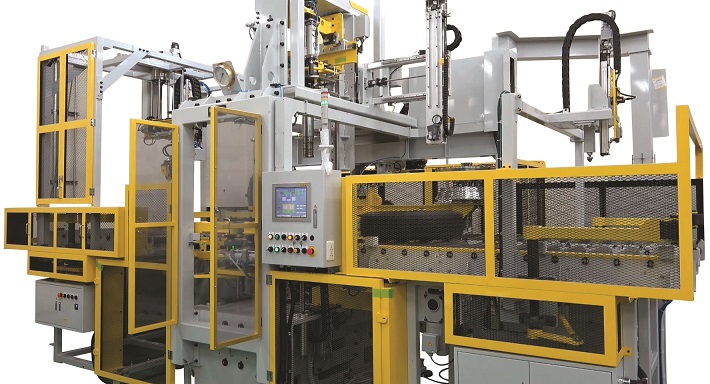
Future regulations may require more comprehensive testing to ensure that tyres perform predictably across different temperatures, humidity levels and road conditions. Autonomous vehicle systems will likely rely on detailed tyre performance data to make real-time driving decisions, which could drive the development of new testing methodologies.
FOOTPRINT
Asia remains the strongest market for the company, where it has established itself as the market leader with deep customer relationships. While competition is intense in Europe, the company has tested its machines with premium manufacturers and is adapting its equipment to meet the specific needs of different tyre makers.
The company is deploying pilot projects across various segments including passenger car and truck tyres to expand in Europe. These initial installations allow for extended testing before securing approvals to participate in larger procurement processes. In contrast, the wear tester segment is less competitive with only a few global suppliers, positioning the company as a key player with extensive collaborations worldwide. The focus now is on strengthening technical partnerships, installing pilot units and integrating its solutions within the operational frameworks of major tyre makers.
The company has set a target to expand capacity to 150 units per year, potentially by the end of 2025. While European markets face margin pressures, the company’s challenge lies in scaling up production in Asia, US and Europe to meet growing global demand.
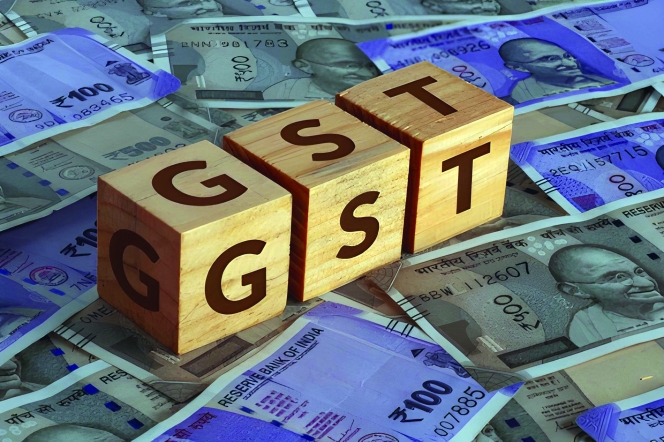
The rollout of GST 2.0 marks a defining moment in India’s economic journey – a reform that may well prove even more consequential than the original introduction of the Goods and Services Tax. Especially for a sector like tyres, the recent reduction in (GST) on tyres is far more than just a change in numbers. It is a transformative step that touches every wheel turning on India’s roads – from a farmer’s tractor to a trucker’s long-haul trailer and from a commuter’s scooter to a construction vehicle powering the nation’s infrastructure.
For years, tyres were taxed at 28 percent – the highest GST slab, clubbed with luxury and demerit goods. This categorisation never truly reflected the essential role tyres play in our everyday lives. Tyres are not a luxury. They are a fundamental enabler of mobility, supporting the movement of people and goods across cities, towns and villages. By bringing GST rates on tyres down to a more rational level, the government has addressed a long-standing anomaly and set the stage for widespread benefits across the economy.
The most visible impact of this move will be felt on the ground – literally. Lower GST means more affordable tyres for all users. Especially for transporters and fleet operators, tyres account for a significant chunk of vehicle running costs. A reduction in tax translates into lower replacement costs, freeing up working capital and improving operational margins. Farmers, small traders, delivery personnel, service providers, transporters – every segment that relies on mobility will feel this relief.
India has been working hard to bring down logistics costs, which are believed to be about 13–14 percent of GDP – much higher than global benchmarks. Tyres have a direct bearing on vehicle operating efficiency, fuel consumption and maintenance schedules. When tyres become more affordable, operators can replace tyres on time, and run vehicles more efficiently.
This naturally leads to lower logistics costs. Reduced logistics costs ripple across the value chain, helping industries move goods faster and at lower cost. This aligns perfectly with India’s ambition to become a more globally competitive manufacturing and trading hub.
Tyre industry’s story is not just urban – it’s deeply rural as well. Tractor tyres, power tiller tyres and tyres for animal-drawn vehicles are integral to the agricultural economy. A reduction in GST brings meaningful relief to farmers and small cultivators who rely on these tyres for their daily operations. By easing this cost, the government has extended direct support to rural mobility and agricultural productivity – an often underappreciated but critical outcome of this reform.
One of the most powerful yet often overlooked impacts of this decision lies in road safety. Worn-out tyres are a major cause of road accidents, particularly on highways. High replacement costs often lead to tyres being used well past their safe life.
With lower GST making new tyres more accessible, both individual motorists and commercial fleet owners are more likely to replace tyres on time, keeping vehicles safer and reducing accident risks. This complements the government’s broader road safety agenda, making highways not just faster but safer for everyone.
For the Indian tyre industry, which is one of the largest in the world, this reform is a game changer. It creates a more balanced tax structure, supports better cash flow, improves compliance and strengthens the competitiveness of domestic manufacturers. It will also encourage investment and capacity expansion, enabling the industry to serve growing domestic demand and tap export opportunities more effectively.
The GST reduction on tyres is a strategic, forward-looking policy decision that will benefit the entire mobility ecosystem. It acknowledges the essential role tyres play – not just as a product, but as a critical enabler of transportation, logistics, rural livelihoods and road safety.
As this reform takes root, its positive impact will be felt by consumers, businesses, farmers and industries alike. The tyre industry, represented by ATMA, welcomes this move wholeheartedly and remains committed to working alongside the government to strengthen India’s journey towards affordable, efficient and safe mobility for all.
The author is Director General of the New Delhi-based tyre industry association, Automotive Tyre Manufacturers’ Association (ATMA).The views expressed here are personal.
WACKER Secures Gold Medal In EcoVadis Sustainability Rating
- By TT News
- December 18, 2025
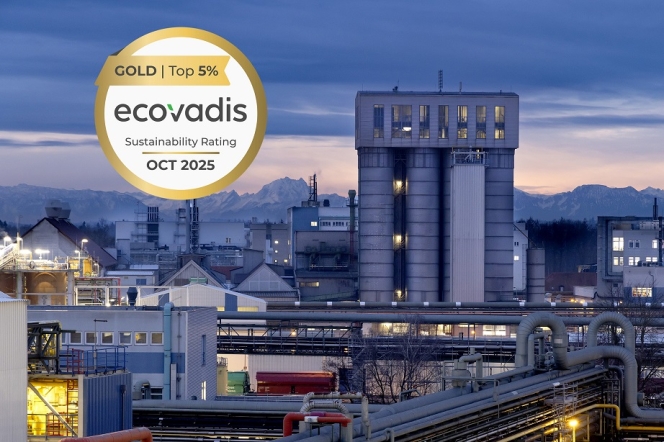
WACKER has earned the 2025 Gold Medal from the independent rating agency EcoVadis, marking its continued recognition for sustainable practices and responsible corporate governance. This distinction places the company within the top five percent of all businesses assessed by EcoVadis (over 1,000 companies globally). WACKER's overall score improved from 77 points (in 2024) to 79 points, driven largely by enhanced reporting and concrete actions focused on Scope 3 emissions and ethical standards.
The EcoVadis assessment measures the quality of a company’s sustainability management through a methodology grounded in international frameworks like the Global Reporting Initiative, the UN Global Compact and ISO 26000. Performance is scored from 0 to 100 across four core areas: environment, labour and human rights, ethics and sustainable procurement, using 21 specific indicators.
In line with its commitment, WACKER provides its EcoVadis evaluation to customers as a standardised and credible validation of its sustainability efforts. The company has also defined ambitious climate targets, aiming to halve its absolute greenhouse gas emissions by 2030 relative to 2020 levels. Progress is already evident, with a 30 percent reduction achieved as of 2024. Looking further ahead, WACKER strives to reach net-zero emissions across its operations by the year 2045.
Peter Gigler, Head of Corporate ESG, WACKER, said, “The result confirms our initiatives in many key areas. It provides our customers with invaluable proof.”
Craig Borman Appointed As Head Of OTR At BKT USA
- By TT News
- December 18, 2025
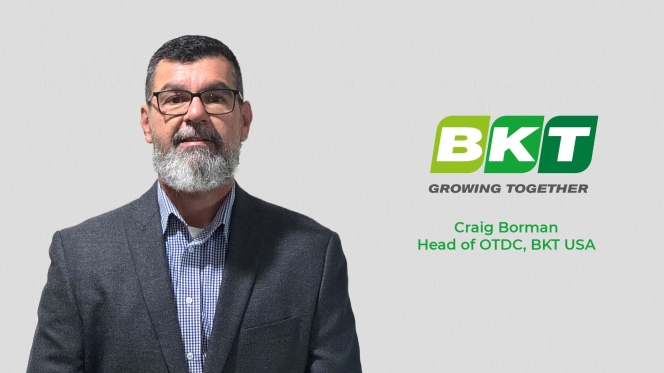
Balkrishna Industries Ltd (BKT Tires), a global leader in off-highway tyre manufacturing, has appointed Craig Borman as Head of OTR at BKT USA. The appointment is in line with BKT’s long-term strategy through 2030.
Borman brings with him 20 years of experience across off-road equipment, tyres and rubber tracks. He will play a key role in leading BKT USA's OTR team and expanding the company's presence in this market while increasing awareness of the value and dependability of BKT's range of products.
Borman said, “I’m extremely excited to join the BKT family and to build off the successes that this team has already achieved. I look forward to engaging with our partners, determining how we can accelerate our mutual growth and working towards achieving BKT’s vision of being a recognised leader in the OTR segment.”
Christian Kötz To Succeed Nikolai Setzer As Continental CEO In Planned Handover
- By TT News
- December 18, 2025
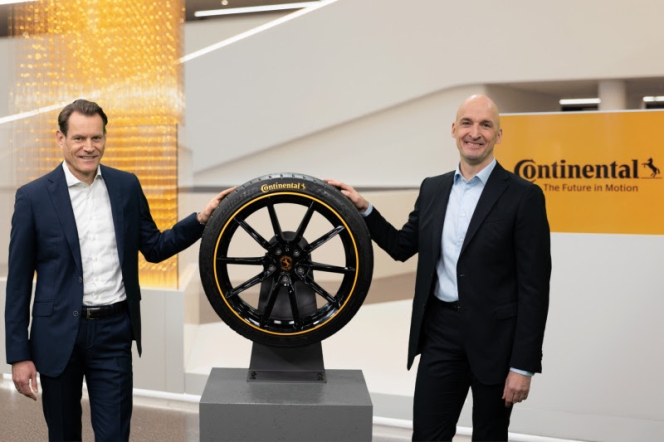
The Supervisory Board of Continental AG confirmed a significant leadership transition during its meeting on 17 December 2025. Christian Kötz will be appointed as the new Chairman of the Executive Board and Chief Executive Officer, effective 1 January 2026. He succeeds Nikolai Setzer, who will step down from the Executive Board on 31 December 2025. Setzer's departure follows more than 16 years as a board member, including the last five years in the CEO role, and occurs by mutual agreement as the company reaches a pivotal point in its strategic evolution.
This planned change in leadership aligns with the substantial progress Continental has made in its transformation into a pure-play tyre company. Major structural milestones have been achieved, including the spin-off of Aumovio and the signing of an agreement to sell the Original Equipment Solutions (OESL) business area. Regarding the planned 2026 sale of ContiTech, internal preparations are largely complete. The market outreach phase has concluded, and a structured sales process is scheduled to begin in January 2026, setting the stage for the final step in the corporate realignment.
Kötz’s extensive background within the tyre business, dating back to 1996, positions him to lead this final phase. A member of the Executive Board since 2019, his previous leadership roles within the Tires group sector included responsibility for the passenger car tyre replacement business in the EMEA region, the original equipment and commercial vehicle tyre business units and global research and development for passenger car tyres. His many years of trusted collaboration with Nikolai Setzer are expected to ensure continuity during the transition.
Kötz will lead an Executive Board comprising several key figures. Alongside him and Philip Nelles, who has headed the ContiTech group sector since 2021, are Roland Welzbacher and Ulrike Hintze. Welzbacher joined the board in August 2025 and assumed the role of Chief Financial Officer on 1 October 2025. Hintze was appointed to the board on 1 July 2025, serving as Chief Human Resources Officer and Director of Labour Relations. This board will be responsible for driving the tyre business forward, completing the corporate realignment and, following the sale of ContiTech, integrating the remaining group functions into the tyre organisation.
Wolfgang Reitzle, Chairman of Continental’s Supervisory Board, said, “Nikolai Setzer has been instrumental in shaping Continental, realigning the organisation and paving the way for three strong, independent companies. For this, he has the thanks of the entire Supervisory Board as well as my personal gratitude. With this handover, we are consolidating responsibility for the tyre business, the realignment and the remaining tasks of the group functions in one role. Christian Kötz is one of the most distinguished managers in the global tyre industry. With his extensive experience and passion for Continental, we firmly believe he is the right choice to lead the company successfully into the future.”
Setzer said, “In recent years, we have succeeded in transforming a diverse portfolio of businesses into three strong, independent champions. After 28 years at Continental, now is the right time for me to hand over responsibility to Christian Kötz. I’m extremely grateful for the journey we’ve all shared and proud of what we’ve all achieved together. I firmly believe that the tyre business, ContiTech, Aumovio and OESL have a promising future ahead.”
Kötz said, “I would like to thank the Supervisory Board for its trust and am excited about this new responsibility. Continental has been my professional home for three decades. Together with the Executive Board team and all colleagues throughout the company, we will complete the realignment and continue the success story of our tyre business.”







Comments (0)
ADD COMMENT